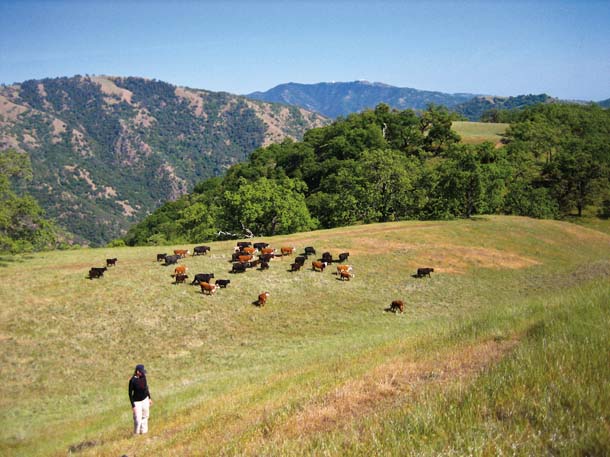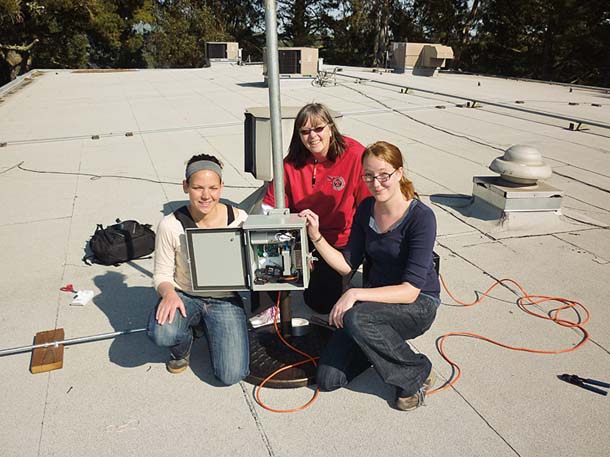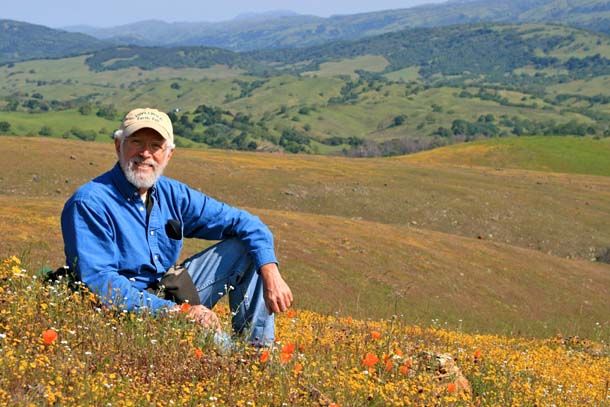Water desalination may seem too costly and too riddled with complications to go anywhere fast. But that doesn’t mean water managers are giving up hope. Faced with an uncertain future of diminishing water supplies, officials are floating plans for 17 … Read more





-150x150.jpg)

-150x150.jpg)
-150x150.jpg)
-150x150.jpg)
-150x150.jpg)
-150x150.jpg)